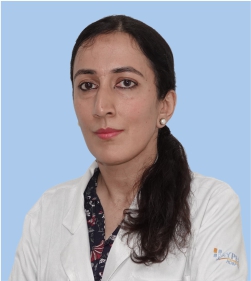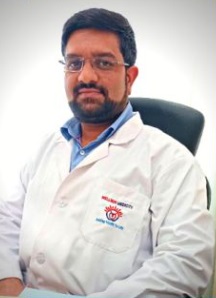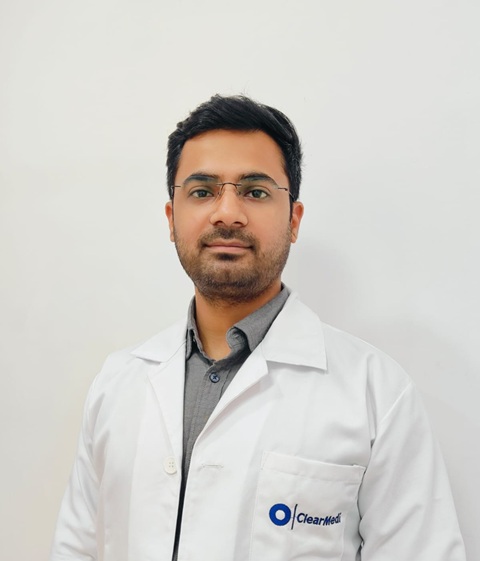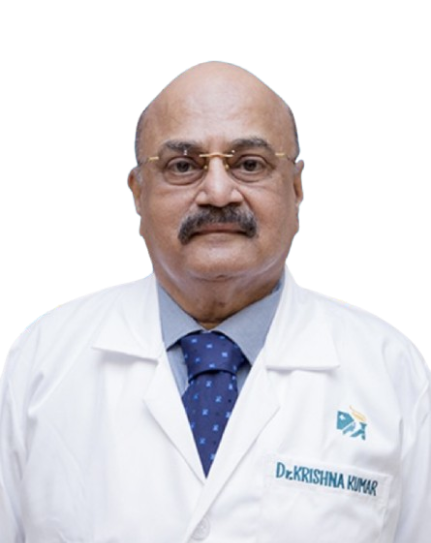Tympanomastoidectomy: Surgery, Success Rate, Complications

Treatment Duration
30 Minutes
------ To ------35 Minutes
Treatment Cost
₹ 17,000
------ To ------₹ 43,000

Tympanomastoidectomy is referred to as a combined tympanoplasty and mastoidectomy procedure. It treats chronic middle ear infections and other medical conditions that may damage the eardrum and the associated tissue. It is specifically indicated for cholesteatoma, where there is an abnormal growth of a cyst in the middle ear. During this surgical procedure, the cyst is removed by the surgeon from all the involved areas, such as the eardrum, ear canal, middle ear, hearing bones, and mastoid bones. The procedure also involves repairing the damage done by the cyst. The surgeon places the cartilage in place of bone erosion and metal prosthesis at places where the hearing bones have been damaged. It helps in regaining hearing. Most commonly, it is used for treating cholesteatoma.
| Procedure Name | Tympanomastoidectomy |
| Alternative Name |
Mastoidectomy |
| Conditions Treated |
Chronic middle ear infections, Excess Tissue growths (like Cholesteatoma), Fluid buildup within the Eustachian tube, Wegener’s granulomatosis, To improve the hearing ability |
| Benefits of the Procedure | Minimally Invasive, Less Blood Loss, Less Recovery Time, Improves quality of live |
| Treated By | ENT Surgeon |
You can check Tympanomastoidectomy Cost here.
What is Tympanomastoidectomy?
The choice of approach depends upon the infection and the condition underlying the ear.
The tympanomastoidectomy is divided into two parts. They are:
- Mastoidectomy: This is a less invasive approach known as the post-auricular approach. In this method, a cut is made behind the ear, and a u-shaped flap is raised. The main aim is to reach the inner portion of the middle ear. The mastoid bone is removed to access the middle ear's inner part. After gaining access to the inner mastoid cells, they are removed, and any abnormal growth, if present, is removed.
- Tympanoplasty: In this stage, the eardrum is repaired. Pores are made in the eardrum after the laser removal of the remaining masses of the mastoid cells. A cut is made in the ear canal skin. The holes in the eardrum are closed using a sheet of tissue known as fascia. The skin is then replaced, and the canal is closed using a gauze piece. Stitches are done, and a sterile bandage is wrapped. The main goal of the procedure is not to fill the gap in the eardrum but also to increase the person's hearing ability.
The surgeon, if necessary, also replaces the inner ear bones through the prosthetic (a synthetic material) to restore or improve hearing.
Anatomy and Physiology
When there is any sound developed outside the ear, it travels to the external auditory canal in the form of vibration. Eventually, it strikes the eardrum (tympanum). The eardrum vibrates, and the vibrations are then passed to 3 small bones present in the ear. These bones are called ossicles (malleus, incus, and stapes). The ossicles amplify the sound. The amplified sounds are sent to the hearing organ, the cochlea.
Expert Doctors (10)
NABH Accredited Hospitals (10)


Why is tympanomastoidectomy done?
Tympanomastoidectomy is done in the following cases:
- Chronic middle ear infections
- Excess Tissue growths (like Cholesteatoma) in the middle ear
- Fluid buildup within the Eustachian tube
- Rare disorders such as Wegener’s granulomatosis
- To improve the hearing ability, which depends upon the extent of the hearing loss and the damage to the ear.
What to expect before and on the day of the procedure?
Before the surgery
- The team and the nurse will meet the patient to talk about the following.
- Any known allergy that the patient may have.
- Any current medicines that the patient is taking. Provide the whole list of the medicines to the doctor, whether it is a prescribed or an unprescribed medicine. The doctor will advise the patient on the drug that is needed to stop and which are allowed.
- The doctor may also order some tests before the operation. It may include blood tests as well as imaging tests.
- The doctor may also ask the patient to stop drinking and eating anything after midnight on the day of surgery. If there is any medicine prescribed that the patient needs to take before the surgery, the patient can take it with a small amount of water.
What to expect on the day of tympanomastoidectomy surgery?
- The patient must try to reach the hospital 2 to 3 hours before the time of the surgery.
- The patient will be asked to fill out the admission form.
- After completion of admission, the patient is given the surgical gown to wear.
- A bracelet is then tied to the wrist of the patient. This bracelet contains information about the patient, like his name, father's name, and the procedure to be done.
- An IV infusion tube may be inserted in the arm before wheeling the patient to the operation theatre.
What to expect during the tympanomastoidectomy?
- During the surgery of tympanomastoidectomy, the patient will be under the effect of anaesthesia. Therefore, he will not experience pain or sensation during the surgery.
- A breathing tube would be inserted into the mouth up to the patient's throat. It is done to ease breathing during the surgery.
- All the patient's vital signs, like heart rate and breathing, are checked continuously during the whole procedure.
- An anesthesiologist will also monitor the effects of anaesthesia during the whole procedure.
- Generally, this procedure takes around 3 to 4 hours to complete.
What to expect after the procedure?
At the hospital
- After the completion of the tympanomastoidectomy surgery, the patient is taken to the post-surgery care unit/recovery room.
- The patient's vital signs, like blood pressure and heart rate, are continuously monitored during their stay in the recovery room.
- On gaining consciousness in the recovery room, the patient can expect to have a bandage on the ears and stitches behind the ear.
- The patient may feel pain in his ears after the completion of the surgery. However, painkiller medicines are prescribed to decrease post-surgical pain.
- Headaches and numbness in the skin near the ear may be present.
At home
- The incisions may usually take about a week to completely heal.
- The patient should limit the physical activity during the recovery period as it may result in extra pressure on the ear.
First follow-up appointment
- The doctor will call the patient after 8-10 days of the tympanomastoidectomy surgery. During this follow-up, the doctor will check for the presence of any infection in the ear.
- The doctor may also reduce the dose of painkillers.
- The patient might need to take off for around 4 to 5 days from work.
- During the first follow-up, the doctor will give instructions to the patients, like how to take care of the wound and the stitches at home, keep the ear dry, and avoid pressuring the ear while sneezing.
- They may ask the patient to sneeze with an open mouth, decreasing the pressure on the ear.
When to consult a doctor for tympanomastoidectomy?
The patient should consult a doctor in case of the following symptoms:
- Excessive bleeding
- Any Signs of Infection
- Blood clot
- Hearing loss
- Wheezing and sore throat
- Decrease in hearing ability
- Dizziness
- Redness or swelling from the ear.
- Foul-smelling discharge from the ear
- Severe pain that is not endurable
- Fever
Last Updated on: 15 November 2022
Author
HexaHealth Care Team
HexaHealth Care Team brings you medical content covering many important conditions, procedures falling under different medical specialities. The content published is thoroughly reviewed by our panel of qualified doctors for its accuracy and relevance.






















